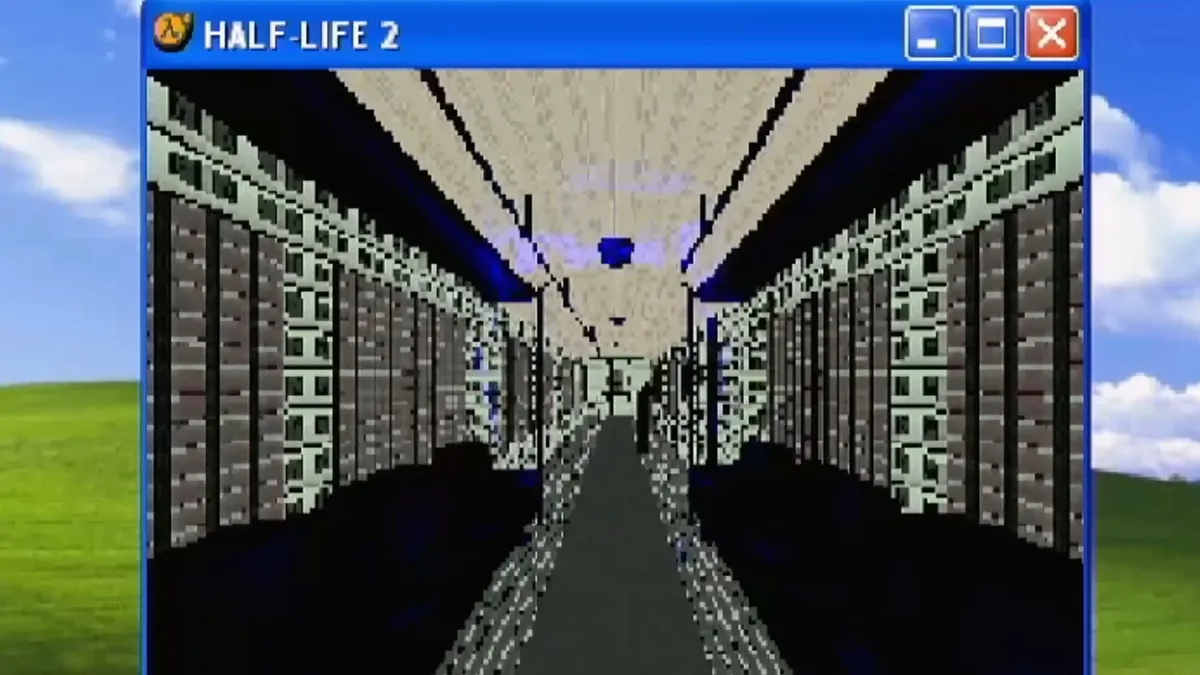
Transforming Half-Life 2 to Operate on 8 MB of VRAM
The Anti-Mass Spectrometer is on the fritz again, isn’t it?
What happens when Half-Life 2 runs on a graphics card with 8 MB of VRAM?
Budget-Builds Official provides an intriguing look at modding the classic game for such minimal hardware. With heavy modifications, they managed to get the game functioning under extreme constraints. Using a Pine (now XFX) 3D Phantom XP-2800, they noted a performance of 10-20 fps, although this experience was short-lived as the game eventually crashed after just five minutes of play.
Stripping It Down
To achieve this, a myriad of adjustments were required:
No reflections, minimal textures, and shadows were completely omitted. The game was capped to use DirectX 6, alongside a resolute 320 x 240 resolution.
“There were absolutely no effects left untouched or allowed to load,” said Budget-Builds, indicating a profound alteration to maintain playability.
A Unique Aesthetic
Players are left to navigate through a sparse void-like landscape. Many objects appear and disappear inconsistently, challenging traditional gaming dynamics.
Those wishing to replicate this chilling experience will only require a few outdated components, like the XP-2800 GPU, 1 GB of RAM, and a circa-2003 AMD CPU running Windows XP.
The Memory Contrast
In its original heyday, HL2 was run on graphics cards like the ATI Radeon 9700, which boasted 128 MB of VRAM. Today, most graphics cards feature at least 8 GB of VRAM—1,000 times the amount utilized in this peculiar adaptation.
Modern vs Classic: The contemporary graphically enhanced version of HL2 requires a minimum of 8 GB of VRAM, marking a stark contrast to the original’s limitations.
In essence, playing this stripped-down version of Half-Life 2 could very well be a subjective experience, oscillating between nightmare and nostalgia.
